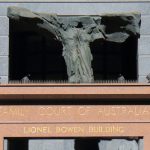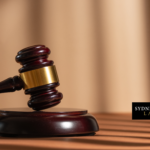The “Protection” Era: A Settler Colonial System of Paternalistic Control
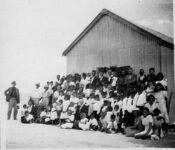
The response of the Morrison government to the recent nationwide Aboriginal deaths in custody demonstrations has been to announce that it will be adding a justice component to the Closing the Gap framework, to deal with the overrepresentation of First Nations people in correctional facilities.
This, though, doesn’t bode well for seeing any improvements. Adopted in 2008, Closing the Gap aims to reduce disadvantage amongst Aboriginal and Torres Strait Islander communities, with seven key targets to be met, in the areas of life expectancy, child mortality, employment and education.
But, the policy has consistently failed in its aims. And the government has admitted that a major reason for the gap not being closed is that up until now the scheme has been implemented by the settler colonial state, without the consultation of the people it applies to.
This paternalistic approach to First Nations people on the part of the Australian government is a pattern that’s been present since the coming of the First Fleet, and is perhaps best exemplified by the laws, policies and institutions that were the foundation of what’s known as the Protection Era.
Beginning in the late 19th century, colonial state governments began enacting “protectionist” policies that made Indigenous people wards of the state. This involved controlling all aspects of their lives, via a system of reserve confinement, institutionalisation and forced child removals.
The consequences of these policies are still being felt to this day. And they’re precisely why closing the gap is a national conversation.
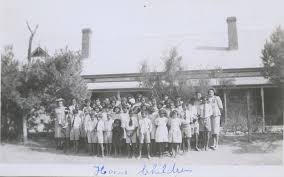
Wards of the state
“Being made wards of the state removed the growing autonomy and self-determination movements that had started to strengthen after 1865,” explained Deakin University Koorie Education lecturer Terry Mason.
“In the eastern states, Aboriginal peoples were pushing to enrol their children in schools, gain some paid employment and organise socially and politically.”
The Awabakal elder’s account of the existing circumstances of First Nations people at the time state governments moved to implement protectionist policies, flies in the face of official state versions, which speak of saving communities of “doomed” people from extinction.
“They had to endure a loss of self-determination,” the academic continued. This included in matters such as “cultural-spiritual expression, location, movement, cohabitation, child-rearing, labour, finances, and medical services”.
“The Wards of the State Era was a shameful blight on Australia and was anything but a Protection Era,” Mason told Sydney Criminal Lawyers. “Instead, it was about control, disempowerment and cultural-social genocide.”
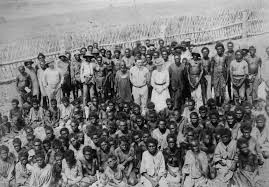
A policy of assimilation
The NSW Aborigines Protection Board was established in June 1883 by then state premier Alex Stuart. This institution oversaw the establishment of reserves for Aboriginal people to reside on. The board administered the reserves and took over those already being run by the Church.
Implemented nationally, the reserve system separated First Nations people from white populations. This was said to protect Aboriginal people from frontier violence, but it actually served to dispossess them from their ancestral lands.
Over time, the Protection Board sought more power and subsequently received it under the Aborigines Protection Act 1909 (NSW). It allowed for the removal of Aboriginal people from towns, saw the deployment of police to guard over the reserves and it sanctioned a prohibition on alcohol.
The 1909 Act allowed for the removal of Aboriginal children from their families for the same reasons as white children. However, the Aborigines Protection Amending Act 1915 (NSW) changed this, allowing for the removal of children under any circumstances.
Section 13A of the 1915 Act provided that “the Board may assume full control and custody of the child of any aborigine, if after due inquiry it is satisfied that such a course is in the interest of the moral and physical welfare of such child. The Board may thereupon remove such child”.
This policy of assimilating Aboriginal children into the white community and severing their familial and cultural ties saw babies sent to the Bomaderry United Aborigines Mission Home, boys were sent to Kempsey’s Kinchela Aboriginal Boys Training Home, while girls went to Cootamundra Girls Home.
The official record states that these institutions were bastions of care and education, however oral histories speak of harsh punishment and abuse being commonplace.
Many of the girls were sent on to work as servants and child carers in white households, while they themselves were still children. So much for no slavery, hey Mr Morrison?
And the Aborigines Protection Act wasn’t revoked until 1969.
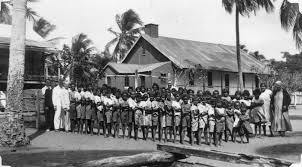
The Stolen Generations
The system of removing the children of Aboriginal and Torres Strait Islander families became known as the Stolen Generations.
The 1997 Bringing Them Home report estimates that between one in three to one in ten First Nations children were taken from their families between 1910 and 1970.
As for the impact on those stolen from their families, the report notes that they were more likely to come to the attention of police and end up in gaol, were more susceptible to all forms of abuse, less likely to have stable housing and more likely to engage in drug use.
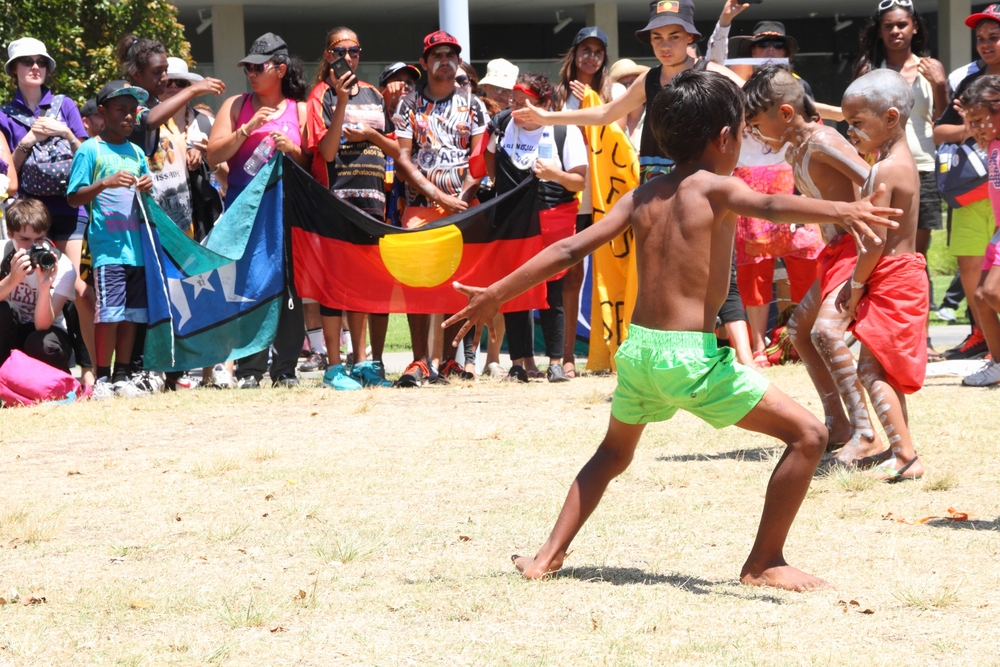
Continuing paternalism
As Mason points out, “the results of these policies are still being experienced today”. As examples he lists the NT Intervention, the imposition of the cashless welfare card, deaths in custody, police brutality towards First Nations people, the failure of Closing the Gap, and continuing child removals.
In what’s referred to as the ongoing stolen generations Indigenous youths continue to be disproportionately removed from their families and placed in out-of-home care.
The 2020 Productivity Commission outlines that in June last year, 40 percent of all kids in care nationwide were First Nations, yet Indigenous youths only make up 6 percent of the overall child population.
According to Mason, the Protection Era legacy has emboldened the destruction of culture under the Native Title Act, allowed for the continued view that Aboriginal people need the “benevolent” control of the state, it’s lead to the disbanding of a strong ATSIC and the defunding of the National Congress of First Peoples.
“Among the worst implications today is the divisiveness that’s impeding moves toward regaining sovereignty and self-determination,” Mason concluded.
“These matters have become political ball games with different sides advocating for advisory voices or treaties that look more like service delivery models.”
“The legacy of the Protection Era seems to be thriving.”




